Top 5 Overrated Kitchen Gadgets NOT Worth Buying
There are plenty of entirely overrated kitchen gadgets out there. Magic Bullets, immersion blenders, and blenders just in general come to mind. They're things that you see plenty of people swearing by. But, when you actually end up with them at home? Inevitably end up collecting dust and taking up an enormous amount of space on your counter or in the deep, dark depths of your pantry. Just mocking you for the ludicrous amount of money that you unnecessarily spent on them.
We don't always think of food as being faddy. After all, kitchen gadgets are supposed to be useful. Regardless of whether we bought them out of some fad, they're not like a pair of pants that will go out of style.
Appliances have utility.
They are supposed to always be useful!
But do they really? How many times have you actually used your immersion blender? Do you really make enough smoothies to warrant an actual blender? How many times have you broken that Magic Bullet, lamented having to clean those obnoxious little blades, and wished that you had a real-sized food processor?
Yet, none of these make the pantheon of Top 5 Overrated Kitchen Gadgets. After all, there are particular times and places where these are useful. And I do know some people... or at least can imagine a scenario in which some people might actually find these appliances worthwhile.
But there are 5 kitchen gadgets that I do own that I absolutely would not say are worth the hype. So, put down your wallet and rethink whether or not the mass marketing campaign making you think that your cooking prowess would be much more than it is currently if only you spend hundreds of dollars on their newfangled product!
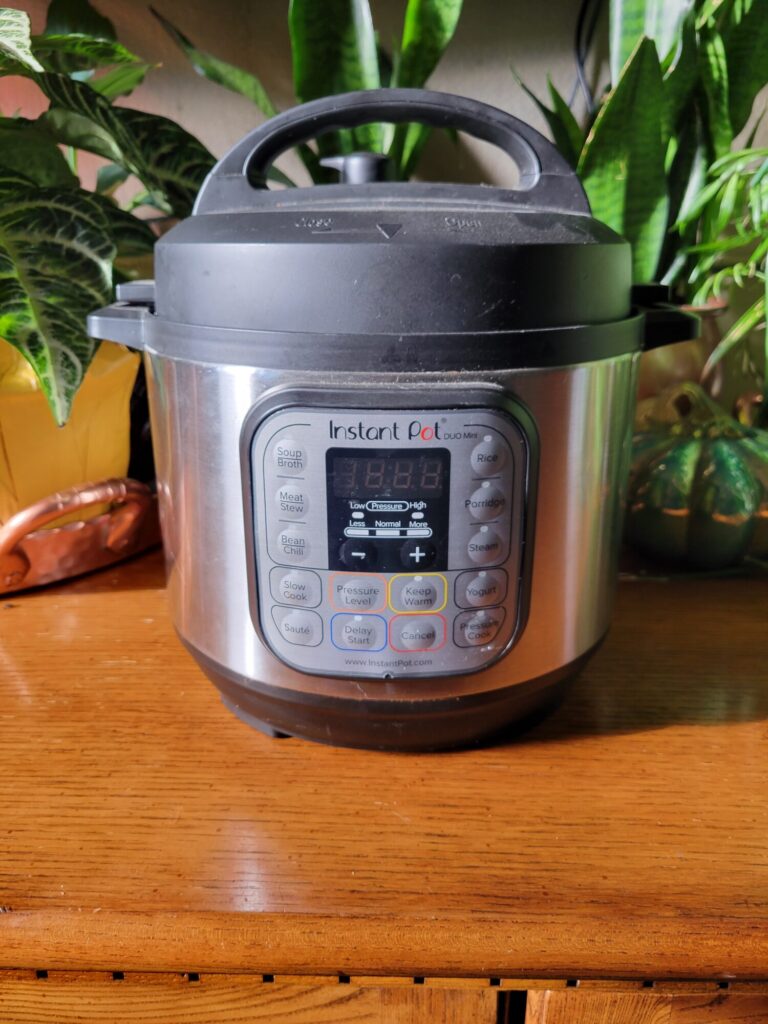
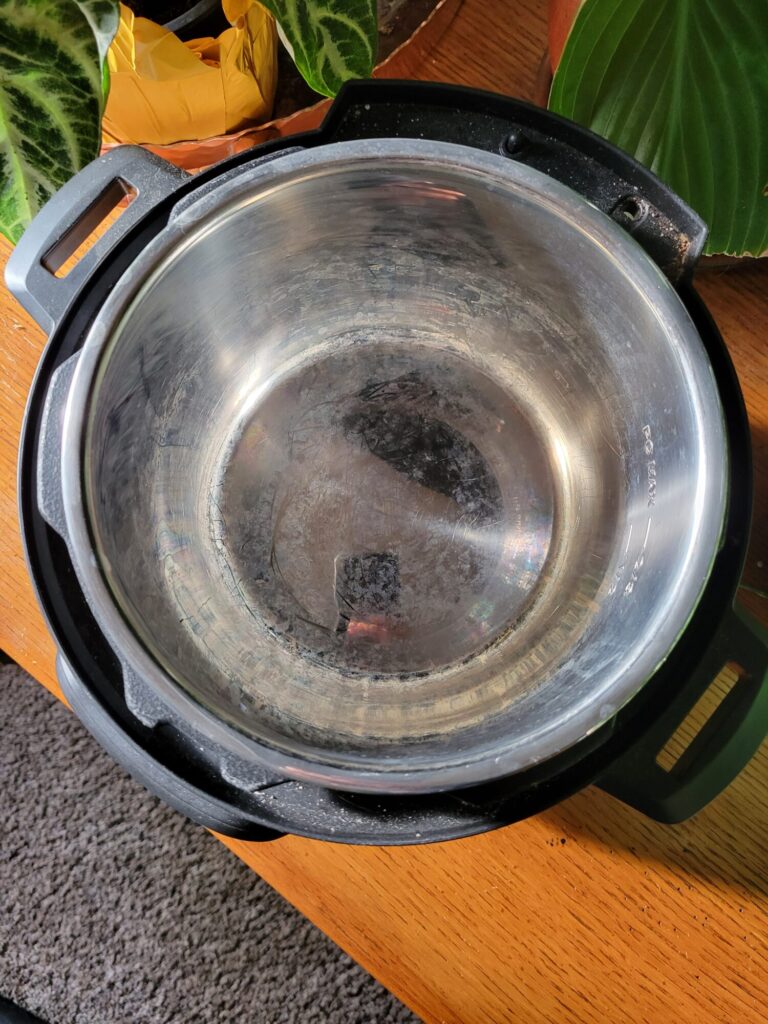
1. Instant Pot
Instant Pots have been all the rage lately. Especially during Covid when so many people have been trapped indoors and have feined to learn how to cook. I get the appeal. It's advertised as being the end all be all to cooking contraptions. You can make refried beans in 45 minutes, cook a roast in a fraction of the time, and even make yogurt. Who doesn't want to cut out all of the fuss and muss of cooking and just plop everything into a single pot? After all, the appeal is in the name: it makes meals virtually "instant."
The problem with cutting corners so much of the time is that you're cutting corners. Which is never quite as simple as it at first seams.
I'm always wary of expensive appliances that are supposed to save you time and effort. The vast majority of the time, everyone rushes out to buy them. Only to later find them collecting dust in the back of the pantry and only functioning as overpriced paper weights. That's because these overrated kitchen gadgets aren't actually worth it.
How many times have you found yourself cooking something and had the thought, "If only I had an at-home pressure cooker!??"
One of the problems with Instant Pots is that we don't ordinarily cook the kinds of food that you make in pressure cookers. It might be able to cook soups and stews and meats in a fraction of the time. But this requires a very specific time. And I would argue that it takes some of the fun out of cooking. Part of the fun of slow cooking a curry over 8 hours is slow cooking a curry over 8 hours! It's the process and the time and the patience and the skill of doing something well that makes the best meals.
Trying to cram that process into a minuscule time frame usually is never quite as quick and easy as it seams. Every time I try to use one, the precise cooking time is off and I have a ghastly time trying to get the contraption to re-pressurize and finish cooking. This is inevitably more troublesome than I personally find worth it. Which might be the fuddy duddy in me wanting to do things the right way.
I also have a problem with recommending anything that, if something goes wrong, explodes. I don't even like using a deep fryer because they sputter. What exactly do I think that I'm doing with what is essentially a pressurized bomb in my kitchen?
Not that catastrophic failure is common and I'm probably much more likely to burn myself with a cast iron skillet on the stove. But that is a risk that I am more willing to take. And there are only two kitchen gadgets that I will always give the respect and fear of permanent maming to: meat slicers and pressure cookers.
What to Buy, Instead
Crock pots are my number one go-to. They may take 6-8 hours longer to cook something, but slow cookers oftentimes have automatic timers. So, you still toss everything into them and then come back later to food.
I'm particularly fond of crock pots because they have more leeway. You're less likely to over- or under-cook something when it's cooked slowly. When you scale that down in a pressure cooker to a fraction of the time? These kinds of mistakes in timing boil down to mere minutes. Five minutes too little? And the meat is raw. Five minutes too long? And the soup is burned. In a slow cooker where this takes hours, you then also have hours to adjust the time, if necessary. There are less things that can go wrong.
Crock pots also give the dish ample time to marinade in the seasonings. Which results in a more robust flavor profile. These are often still quick and easy, single pot dishes to throw. They simply require a little bit more forethought. Oftentimes I'll start one before I go to work and come home to it ready and the entire house smelling delicious. Or I'll toss everything into the pot before I go to bed and wake up to a fully cooked meal.
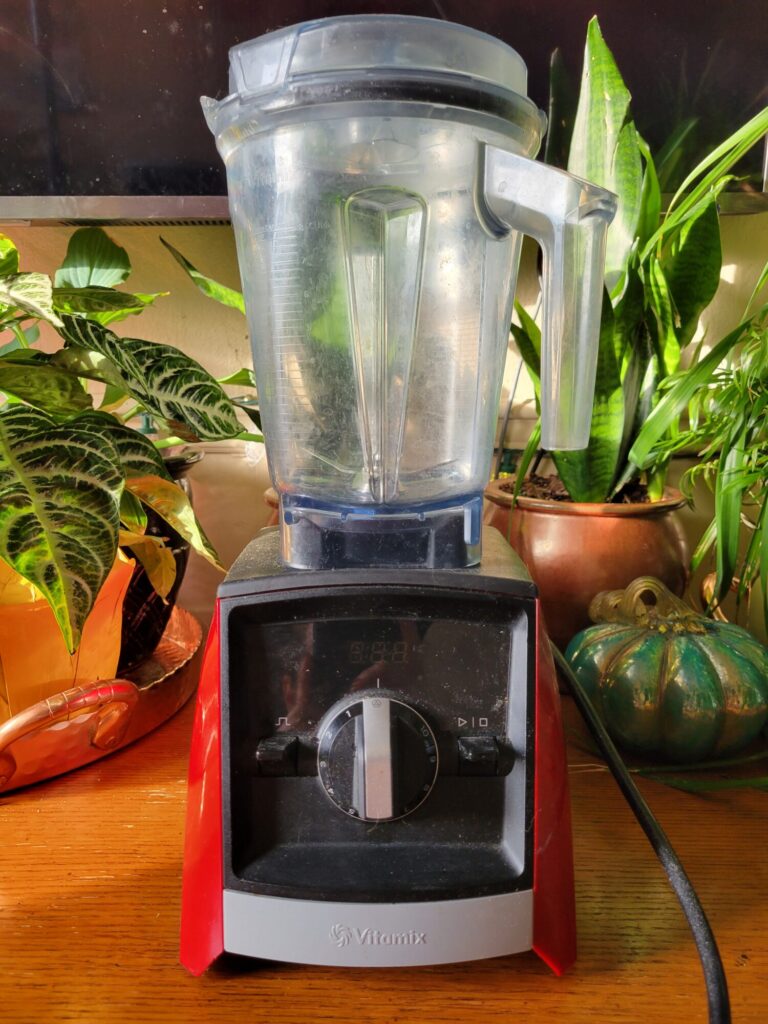
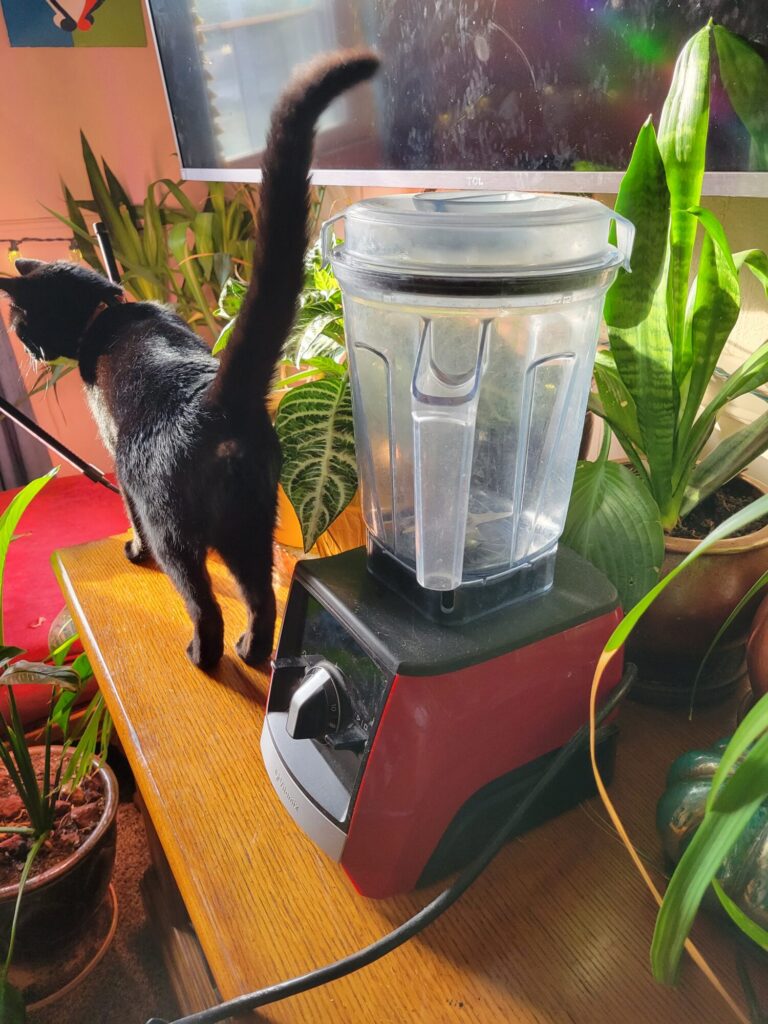
2. Vitamix
Vitamix blenders were all of the rage in the late 2000s and early 2010s. Everyone was juicing and making yogurt and dreaming of perfectly creamy soups and salad dressings. The problem with this is that they cost HUNDREDS of dollars and, quite frankly, how often are we making salad dressings?? This is part of the problem with culinary gadget fads. We get so caught up in everything that we could make. That in some idealistic lifetime we will master the culinary art of juicing and have smoothies every morning.
But, as much as we might like to think of all of the things that we could do with enough time and effort and money? Most of us don't live in a world where we're using a Vitamix every day.
I knew people during the rage of Vitamixes who used them and swore by them. But most of these people were in the culinary industry and needed incredibly powerful blenders on a daily basis.
During a particularly good Black Friday deal, I broke down and bought one. I have had an occasion to use it about 5 times in the last decade. When the retail price is about $300-500? This makes the aggregate cost about $100 per use. And marks a Vitamix absolutely as one of those overrated kitchen gadgets.
What to Buy, Instead
For almost every purpose, my Cuisinart Food Processor does a perfectly fine job at making Hummus, Cheesecake, and everything else that I might need to make. Vitamixes have a small blade at the bottom of the tall blender. While it is oftentimes powerful enough to compensate for this, it really isn't the most practical design. Things that aren't already almost a liquid are going to have a hard time mixing down enough to get to the bottom of the Vitamix to be blended at all. If you don't fill them far enough, they also tend to sputter and stop blending.
Having a wider base with a larger blade, like in a more conventional food processor, is is a much more practical design. Some blenders also have much taller blades. I've used Ninjas with these types of designs and they blend a lot better in these scenarios. I'm personally a bigger fan of food processors, though, because they're usually larger and easier to clean.
Blenders have a taller base and don't always have a removable blade. This leaves nooks and crannies and tiny sharp blades to contend with. Whereas with a food processor, there are usually one 2 large blades that are easy to remove and clean, without having to maneuver around. They're also oftentimes serrated, which means that they can blend with the same kind of power, but don't need to be as sharp. So, you're less likely to accidentally cut yourself.
I also am quite frankly afraid of breaking my Vitamix. If something goes wrong and cracks, breaks, or overheats? I'm not going to want to spend another several hundred dollars replacing it! Whereas, as much as I baby my Cuisinart and absolutely do not want to have to replace it, I'm not afraid to using it.
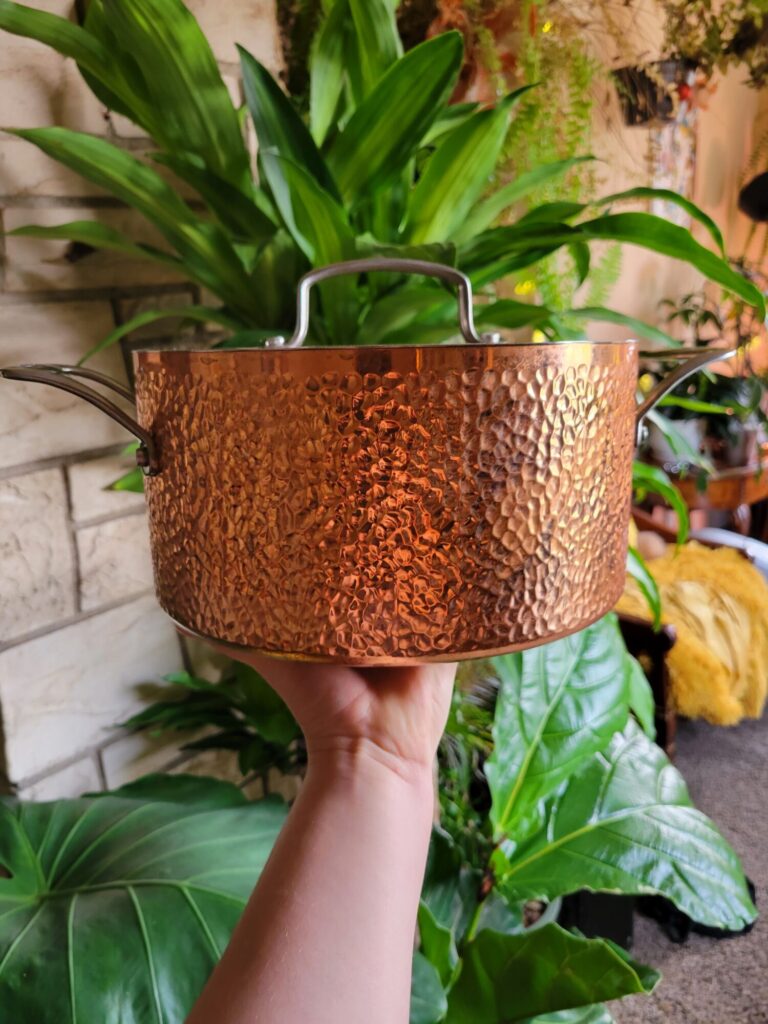
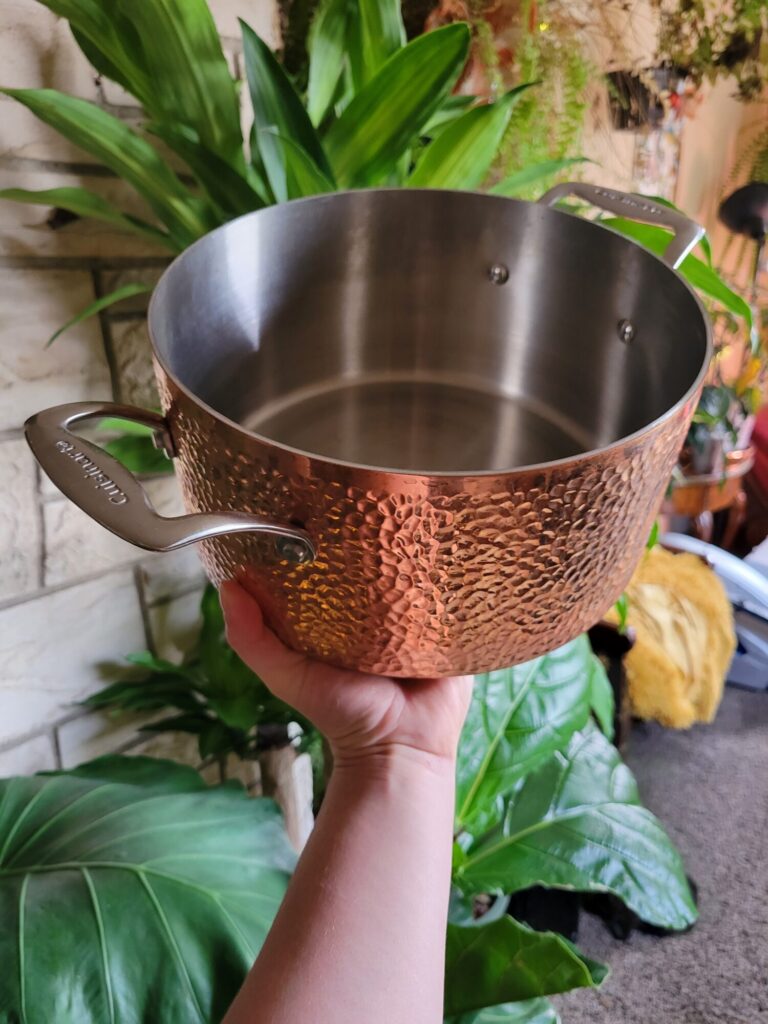
3. Copper Pots & Pans
When I think of perfectly designed kitchens, I can't help but think of the classic French kitchen with the hoards and hoards of copper pots and pans. They're elegant, they gleam in the sunlight, and are the epitome of decadence. The problem is that copper pots are entirely overrated kitchen gadgets.
When was the last time that you found yourself with the need to cook in a copper pot?
Part of the appeal of coper pots is that they're delicate and excessive. They're not the most practical things to cook in, though, and say more about style than they do taste.
This is because copper pots are incredibly easy to destroy. They need to be polished regularly, can't be scrubbed with anything abrasive, and excess heat will deteriorate the surface or even burn a hole straight through it. They're more of a show of decadence than they are practical in most scenarios and entirely too expensive and delicate to use on a daily basis.
What to Buy, Instead
As much as I will eternally drool over all of the copper pots and pans and want to replicate Monet's kitchen! They're not the most practical of culinary necessity and are one of the more extravagantly overrated kitchen gadgets. I'm much more fond of a good cast iron skillet. They're virtually indestructible and great for almost everything.
Just avoid citrus and cheese dishes, as these can more rapidly wear at the oil in the pan and cause the dish to stick. I have actually done this a number of times throughout the years, though, and it isn't the end of the world if you do. You can always scour the surface and re-season. That's one of my favorite things about cast iron. No matter how rough you are with them, they can always be scrubbed down and brought back to life. It just takes some elbow grease and oil.
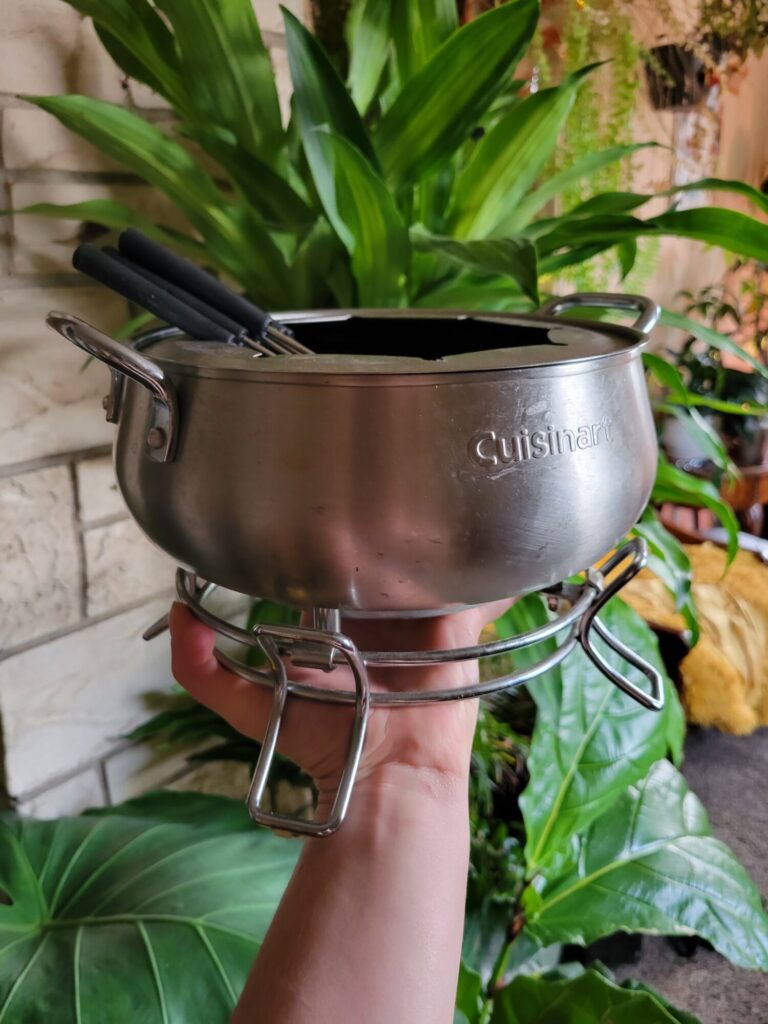
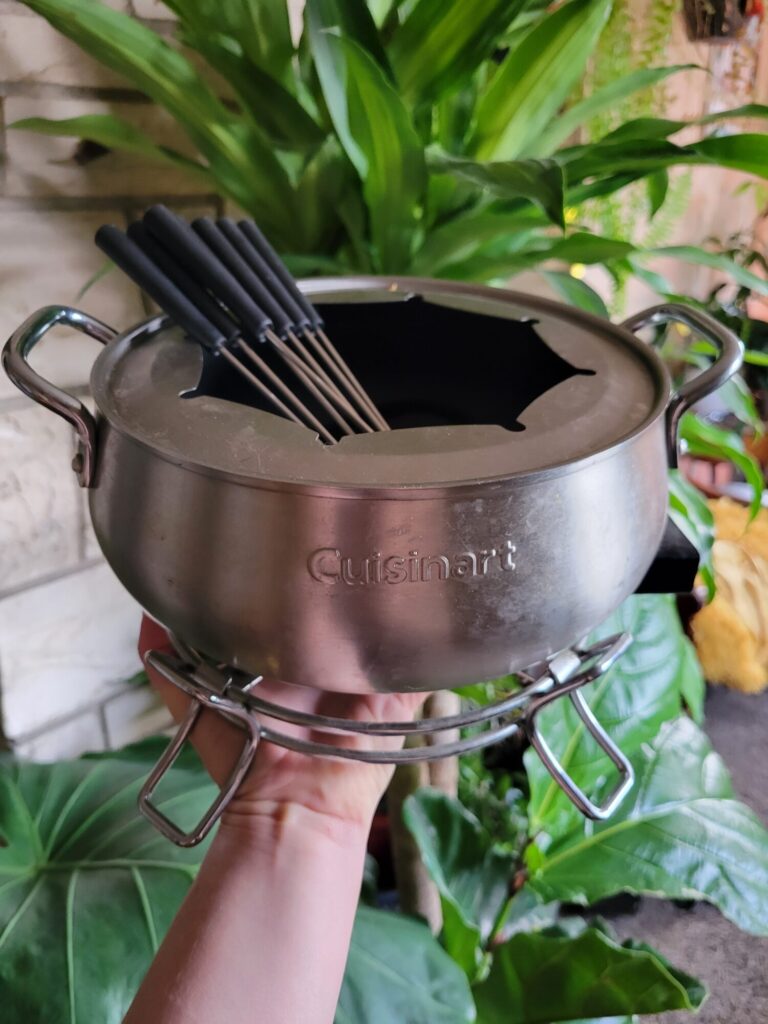
4. Absolutely Anything Teflon
Teflon was once considered the most innovative thing in cookware since sliced bread. Much like almost everything in vogue, there comes a rise and demonstrable fall! Teflon might be considered the ultimate in non-stick cookware. But it is also highly toxic and a well-known carcinogen. Which are not exactly what most of us are looking for in what we cook food on! There are plenty of kitchen fads that I would recommend against. But this is the only one that comes with a health warning.
There are other options, though, and as far as overrated kitchen gadgets go? Teflon is up there with the worst offenders.
The only teflon things that I own are a rice cooker and a fondue pot. Rice cookers are pretty easy to just use a wooden or bamboo rice spoon for. Fondue pots, however, come with little metal skewers. As good as these are for stabbing cubes of apples or toast? You have to be very careful not to then stab the bottom of the pot as well!
They do make ceramic versions of fondue pots that are heated by candle. Although this doesn't work as well for things like cheese, where having control over the temperature is key. If the cheese gets too hot, the sauce will break and the oil will separate. If it gets too cold, it will re-solidify. So, having an adjustable temperature gauge is incredibly helpful.
What to Buy, Instead
Cast iron is my go-to for most pots and pans. They come in a multitude of shapes and sizes. They come in large sizes, small sizes, individual portion sizes. I even have a cast iron crêpe pan. A well-seasoned one is naturally non-stick without the use of harsh chemicals.
However, cast iron are not good with dairy products; acidic things, like citrus or tomatoes; for for boiling water. These can prematurely strip the oil out of the pans and are generally not recommended. I'll often use metal pans, copper pots, and generally Teflon-free alternatives.
These come in a wide range of price points and are generally of a better quality, making an investment in them a better option in the long run. A single well made pan will last infinitely longer than Teflon ones will. Especially since Teflon immediately begins to lose its non-stick property upon being scratched and then are leaching chemicals into your food.
Teflon is also NOT dishwasher safe because of this. Although a lot of metal pots and pans certainly are. You also don't have to worry about what kind of dish brush or scouring pad that you're using. Many of these are NOT Teflon safe and will scratch off the non-stick coating.
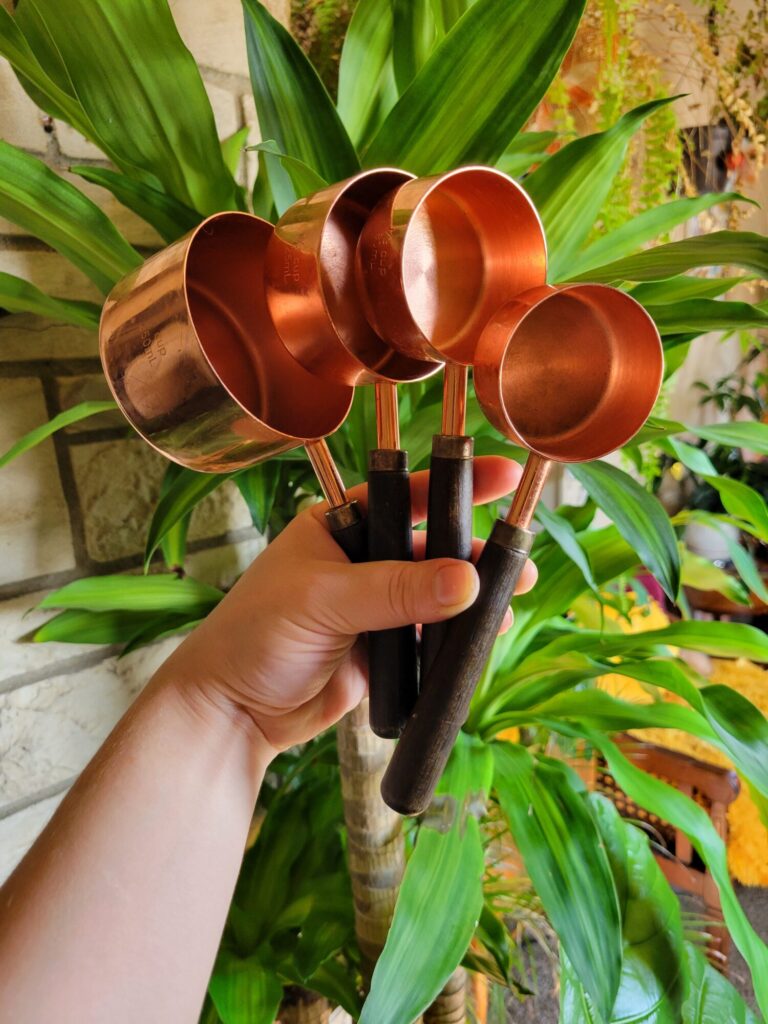
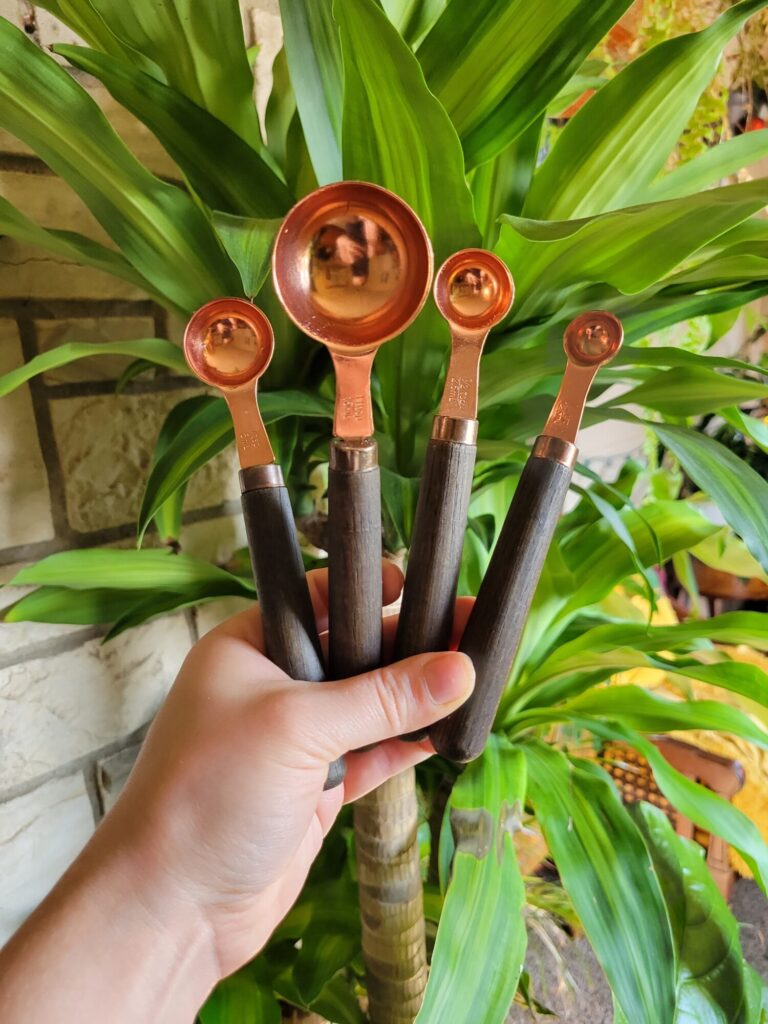
5. Measuring Cups
On the list of overrated kitchen gadgets, this might come as a surprise. After all, how can someone who clearly cooks as much as I do forgo measuring cups? And in the baking world, this is absolute blasphemy. Because baking requires very specific measurements. Which is why people in the baking world use scales and weights, instead of measuring cups.
You're adding flour in grams, not cups. And liquids in fluid ounces, not teaspoons.
When you're cooking, a lot of tried and true recipes passed down throughout the generations also use things like a "dash" of salt and a "pinch" of cumin. I find myself saying this in a multitude of recipes. And there are a number of reasons for this. First and foremost, I'm not measuring most things. I'm adding, tasting, and then adding more or less to compensate.
Spices in particular should also be added to taste, rather than on a strict measurement. Everyone's pallet is different. I find a lot of recipes to be entirely under-seasoned for my liking. The more you cook, the more that you get a sense for what does and doesn't work as well.
What to Buy, Instead
This may seem overly complicated and not an efficient way to cook. But a lot of people cook by sight, rather than on a strict scale. If a roux doesn't look right, adding more or less liquid to compensate is essential. When you're dealing with something as finicky as a potentially breaking sauce, "But the recipe SAID so," is not what you're looking for here! Recipes are more like guidelines and jumping off points. Following them strictly to a T is less important as adjusting to the way that a particular dish is turning out.
I might make the exact same thing 5 different ways depending on the circumstances. If the heat is slightly higher or lower or if the humidity index is different, you might need more or less liquid.
So much of cooking is getting a feel for what is and isn't working and adapting. As much as being precise sounds like the right method, cooking is much more wishy washy than that.
My only exception to this is when baking things like cookies or making things like rice because these foods need to be precise, but not so much so that weighing them is warranted.
So, get yourself a basic set of measuring cups. But don't sweat it too much.
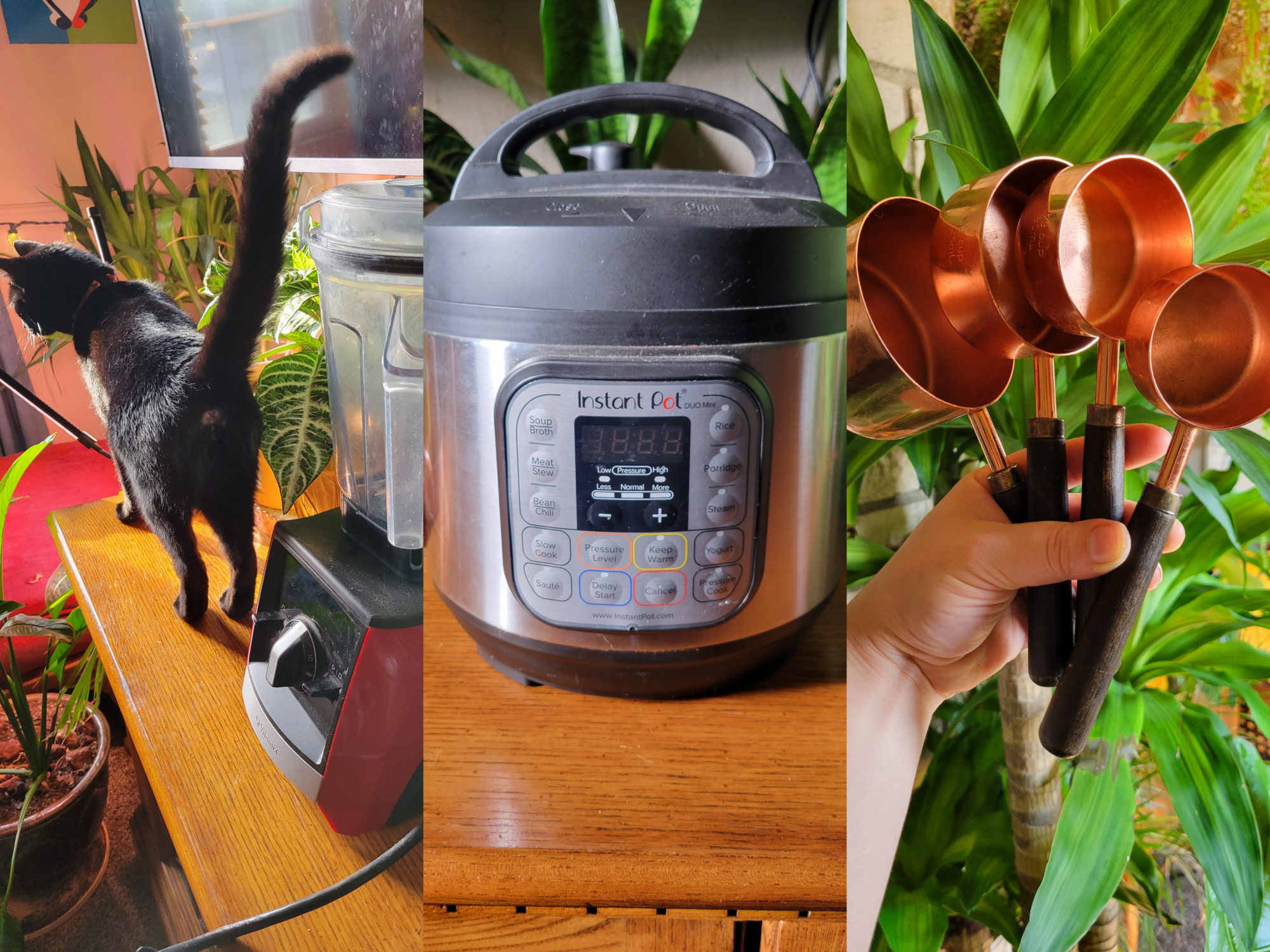
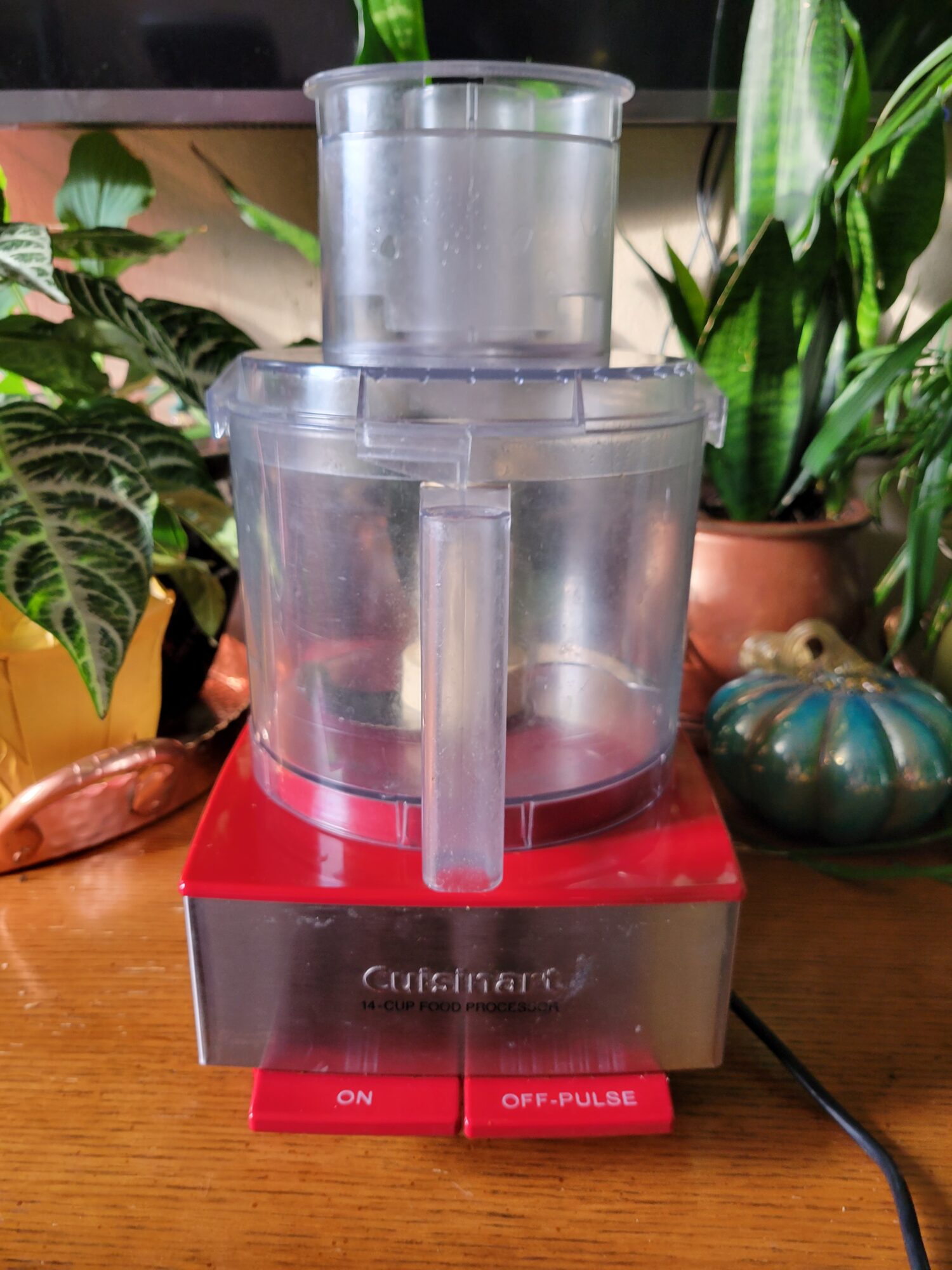
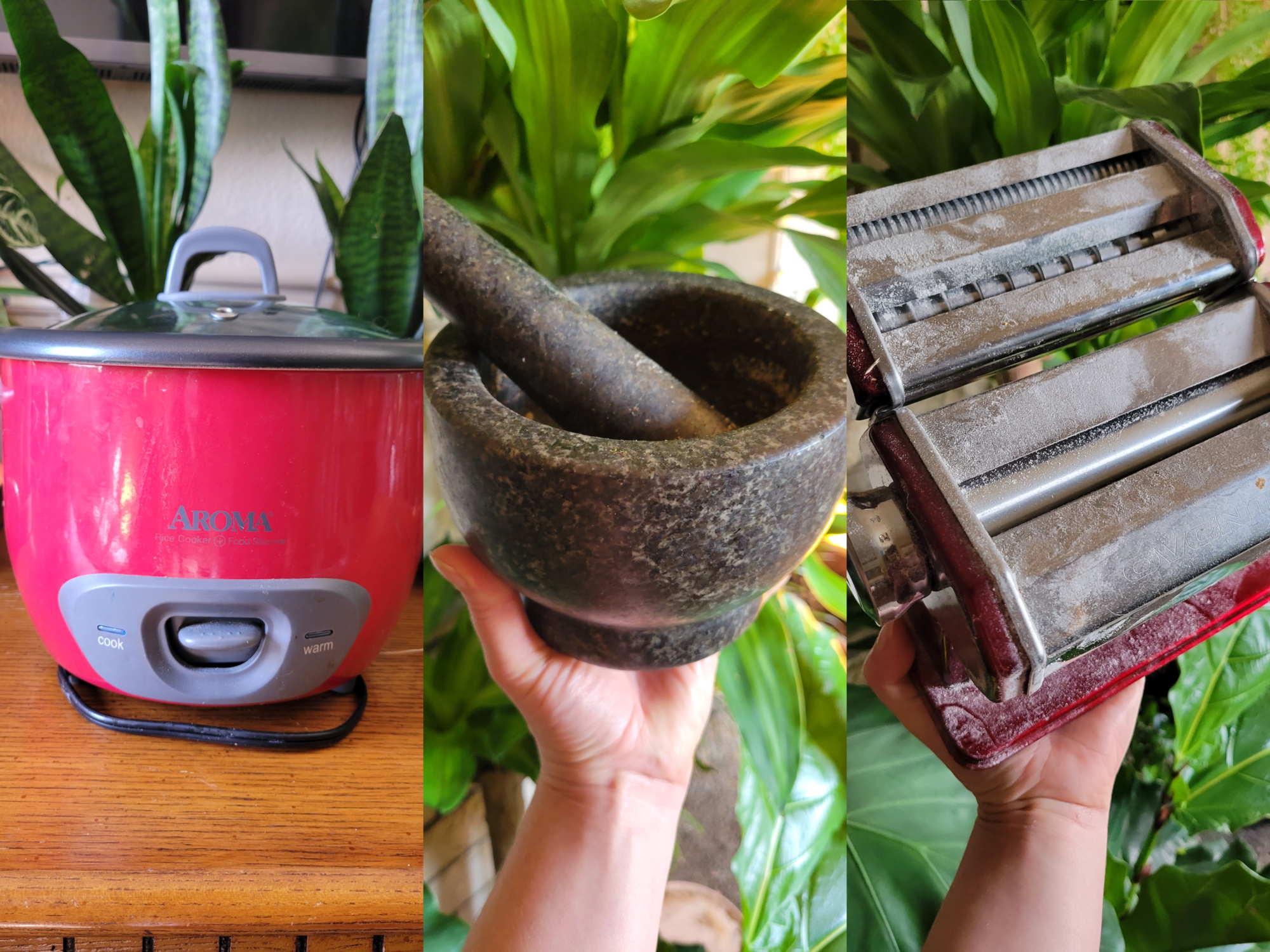
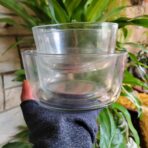

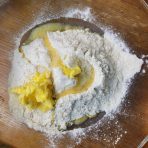

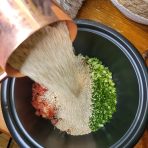
Leave a Reply